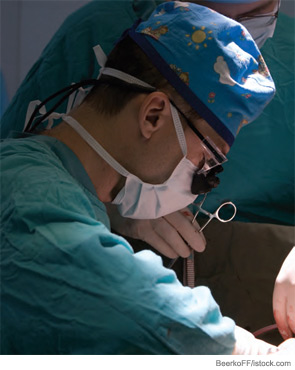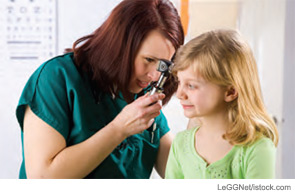Dr. Rosenfeld acknowledged he could not predict whether some otolaryngologists would use the subcertification as a way to attract more basic pediatric cases but said it should not be a problem for other otolaryngologists. There are only several hundred otolaryngologists who might be eligible for pediatric subcertification, compared with over 10,000 who have a primary certificate, he said. Only about 25 additional fellowship-trained pediatric otolaryngologists emerge each year, a number too small to impact the caseload of general otolaryngologists, he added.
Explore This Issue
August 2010“As with any process, there may be some who seek subcertification for personal gain or a competitive advantage, but I am sure the vast majority will not,” Dr. Rosenfeld said. Overall, subcertification should benefit patients, clinicians and the specialty by acknowledging the richness of the discipline and by appropriately recognizing individuals with advanced training, he said.
Dr. Rosenfeld expects the subcertification to move forward eventually; he just isn’t sure when.
“It’s basically inevitable, in the nature of a subspecialty, to move from accreditation to subcertification,” he said. “It’s the natural evolution of defining a body of knowledge in a subspecialty area. And the only thing that slows it down is politics, generally, which can be substantial at times.”


Leave a Reply